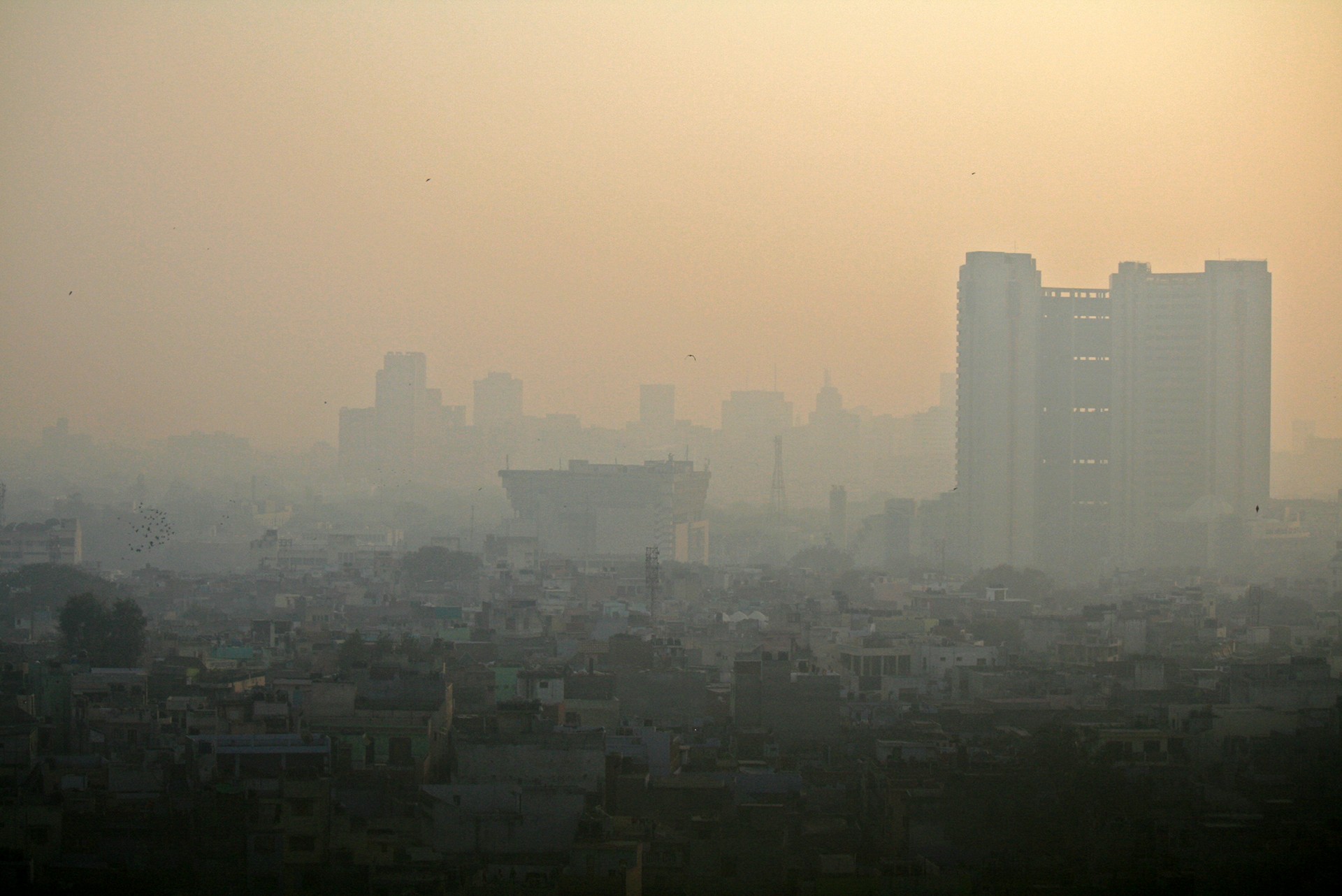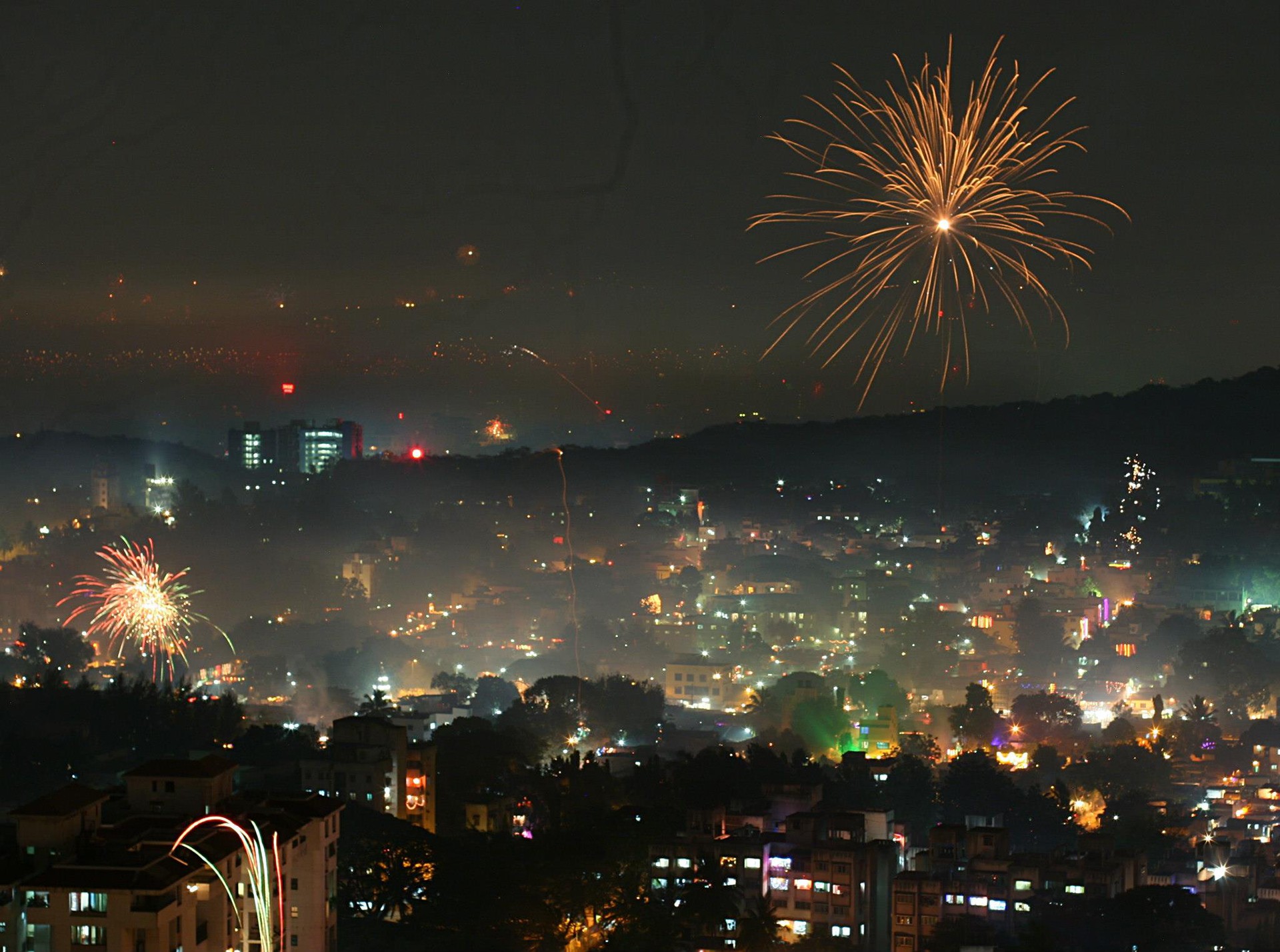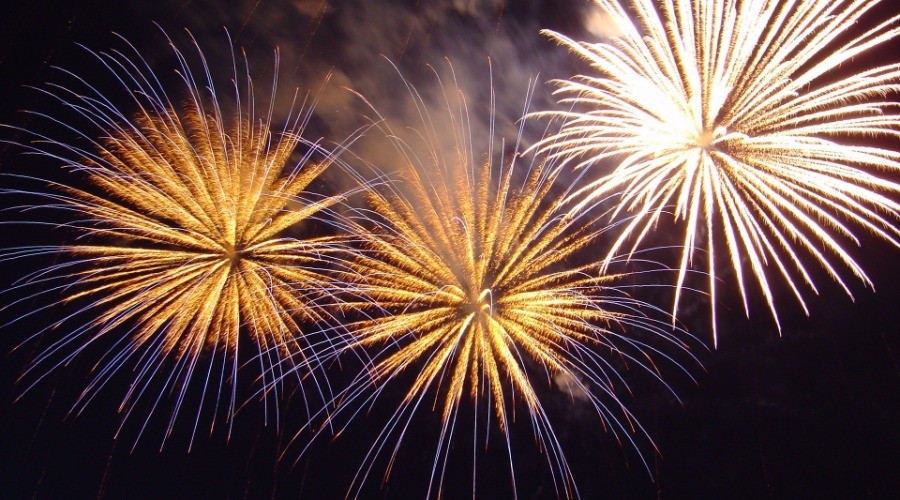Delhi Out Of Breath
The festival of lights (and noise) is also peak pollution season in Delhi. Hold your breath
Every year, I find a way to escape Dilli just before Diwali. It’s a shame, because the days leading up to Diwali have their own Delhi-esque charm – the festival lights are fantastic, there’s a slight chill in the air...but it’s the calm before the smog storm. I remember imagining, just for a few moments around this time last year, that the grey haze surrounding me was actually a wintery mountain mist. But my olfactory senses soon kicked in. There was no getting past it: I was breathing in a public health emergency.
In Delhi – already the most polluted megacity in the world according to the World Health Organisation (WHO) – it becomes hardest to breathe right around Diwali. As the weather begins to cool around the end of October, the accompanying stillness of wind prevents the diffusion of smoke particles coming from multiple sources. Firecrackers are just one culprit, of course; industrial and vehicular pollution, dust from roads, smoke from burning garbage and the smoke carried in from the fields of Punjab and Haryana, where farmers often have no alternative to burning crop stubble, all contribute.

A view of west Delhi covered in smog, as seen from Jama Masjid. Photograph courtesy Flickr user Jean-Etienne Minh-Duy Poirrier under the Attribution-ShareAlike 2.0 Generic (CC BY-SA 2.0) license.
Let’s look back at the data from last year: according to the Central Pollution Control Board (CPCB), in the week before Diwali, the Air Quality Index (AQI) had reached a maximum of only 285. Yet, the morning after; the AQI breached “severe” limits, crossing 500. Data gathered by IndiaSpend recorded PM 2.5 levels of over 500 µg/m³ (that’s a measure of the fine particulate matter in the air).
There’s good reason these findings are terrifying. The WHO states that a safe level for PM 2.5 is an annual mean of 10 μg/m3. According to the CPCB, the average 24-hour PM 2.5 concentration had reached upto 837 microgram per cubic metre by 5 November.
What do these numbers mean for us? Not only can poor air quality affect our lung capacity and longevity, but pollution has been shown to increase the risks of autism, epilepsy and diabetes in children who are subjected to such conditions. A 2015 study showed that almost half of Delhi’s children have already suffered irreversible lung damage. It’s not just young people; remember that video produced by The Guardian a few years ago? It featured a 59-year old Delhi autorickshaw driver, Suresh Kumar Sharma (who, incidentally, I’ve actually taken a ride with before), shown visiting a doctor for the first time. He found out that he is severely asthmatic, and that his lung capacity is at 50 percent. Sharma is no outlier in a city like this one.
In the smoggy aftermath of last year’s festival season, the Ministry of Environment, Forests and Climate Change (MoEFCC) notified the Graded Response Action Plan (GRAP) to prevent the city from turning into a poisonous gas chamber on subsequent Diwalis. It finally came into action this week, on 17 October 2017.

Fireworks during Diwali in the city of Pune, used for illustrative purposes. Photograph courtesy Wikimedia user Rushil Fernandes under the Creative Commons Attribution-Share Alike 3.0 Unported license.
Some of the Plan’s action points have already come into force. For instance, the Badarpur thermal power plant has been closed down until March 2018, and all road-owning agencies including Municipal Corporations, Public Works Departments and the National Highways Authority of India (NHAI) have been instructed to increase the frequency of mechanised cleaning and the sprinkling of water on roads, to mitigate dust pollution. The use of diesel generator sets has been completely banned till further notice.
Regardless of these measures, the day after Diwali could potentially be difficult, as predicted moisture levels are likely to exacerbate smog-like conditions and prevent the diffusion of particulate matter.
What you can do
Firecrackers do play a role – even if they aren’t solely at fault. Avoid them if you can, and try to find other ways to celebrate the festival of lights.
Request your local Resident Welfare Association to provide guards and watchmen with electric heaters, to prevent open fires and wood burning.
Avoid driving and stay off the roads, as far as possible. If you do step out, it is advised that you use public transport, and consider wearing masks.
Stay connected and on top of Air Quality changes. The CPCB website releases a bulletin everyday at 4pm, commenting on the status and quality of Delhi-NCR’s air within a 24-hour period – you can access the Daily Air Quality Index Report here.
Watch out for alerts and bulletins in newspapers, on TV and the radio, which will update you about areas to avoid, especially if you’re a respiratory or cardiac patient.
If you do come across activities that could affect local air quality, intervene. Download CPCB’s SAMEER app here, and take a photograph of the place the incident is taking place in. The app will automatically detect the location, while lodging a complaint. The app helps you track real-time AQI as well.
Cover image of fireworks for illustrative purposes only, courtesy Wikimedia user Ondrejk under Creative Commons Public Domain.
